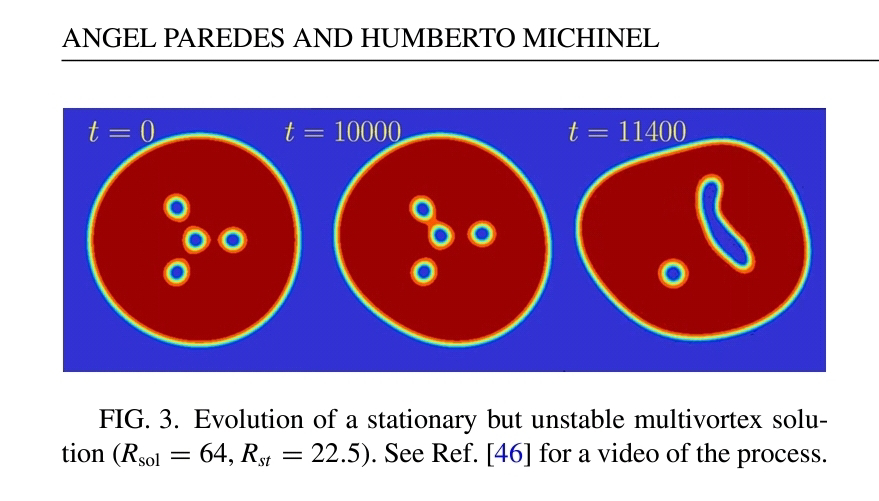<< Gene exchange between viruses and their hosts acts as a key facilitator of horizontal gene transfer and is hypothesized to be a major driver of evolutionary change. Our understanding of this process comes primarily from bacteria and phage co-evolution, but the mode and functional importance of gene transfers between eukaryotes and their viruses remain anecdotal. >>
AA << systematically characterized viral–eukaryotic gene exchange across eukaryotic and viral diversity, identifying thousands of transfers and revealing their frequency, taxonomic distribution and projected functions. Eukaryote-derived viral genes, abundant in the Nucleocytoviricota, highlighted common strategies for viral host-manipulation, including metabolic reprogramming, proteolytic degradation and extracellular modification. Furthermore, viral-derived eukaryotic genes implicate genetic exchange in the early evolution and diversification of eukaryotes, particularly through viral-derived glycosyltransferases, which have impacted structures as diverse as algal cell walls, trypanosome mitochondria and animal tissues. These findings illuminate the nature of viral–eukaryotic gene exchange and its impact on the evolution of viruses and their eukaryotic hosts. >>️
Irwin, N.A.T., Pittis, A.A., Richards, T.A. et al. Systematic evaluation of horizontal gene transfer between eukaryotes and viruses. Nat Microbiol. doi: 10.1038/ s41564-021-01026-3. Dec 31, 2021.
<< We knew from individual examples that viral genes have played a role in the evolution of eukaryotes. Even humans have viral genes, which are important for our development and brain function, (..) We wanted to understand more broadly how HGT (horizontal gene transfer) has affected viruses and eukaryotes from across the tree of life. >> Nicholas Irwin. ️
<< We were interested to find that certain groups of viruses, especially those that infect single-celled eukaryotes, acquire a lot of genes from their hosts, (..) By studying the function of these genes we were able to make predictions about how these viruses affect their hosts during infection. >> Patrick Keeling.
<< Many of these viral-derived genes appear to have repeatedly affected the structure and form of different organisms, from the cell walls of algae to the tissues of animals, (..) This suggests that host-virus interactions may have played an important role in driving the diversity of life we see today. >> Nicholas Irwin. ️
<< These transfers not only have evolutionary consequences for both virus and host, but could have important health implications, >> Patrick Keeling.️
<< we think that this work serves as an interesting reminder that viruses have also contributed to the evolution of life on Earth, >>️ Nicholas Irwin.
️
New research shows gene exchange between viruses and hosts drives evolution. University of British Columbia. Jan 5, 2022.
Also
Nonlinear effects in shaping human evolution, the role of viruses. Jan 15, 2019.
keyword 'evolution' in FonT
keyword 'evolution' | 'evoluzione' in Notes (quasi-stochastic poetry)
Keywords: evolution, virus, gene exchange, horizontal gene transfer, HGT















